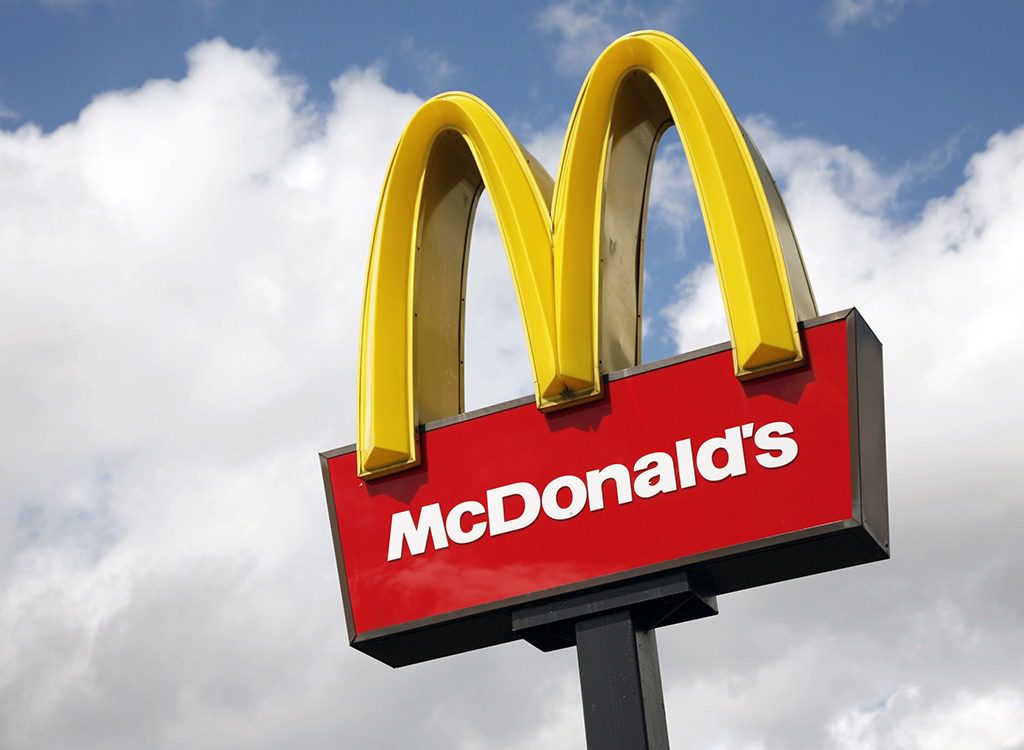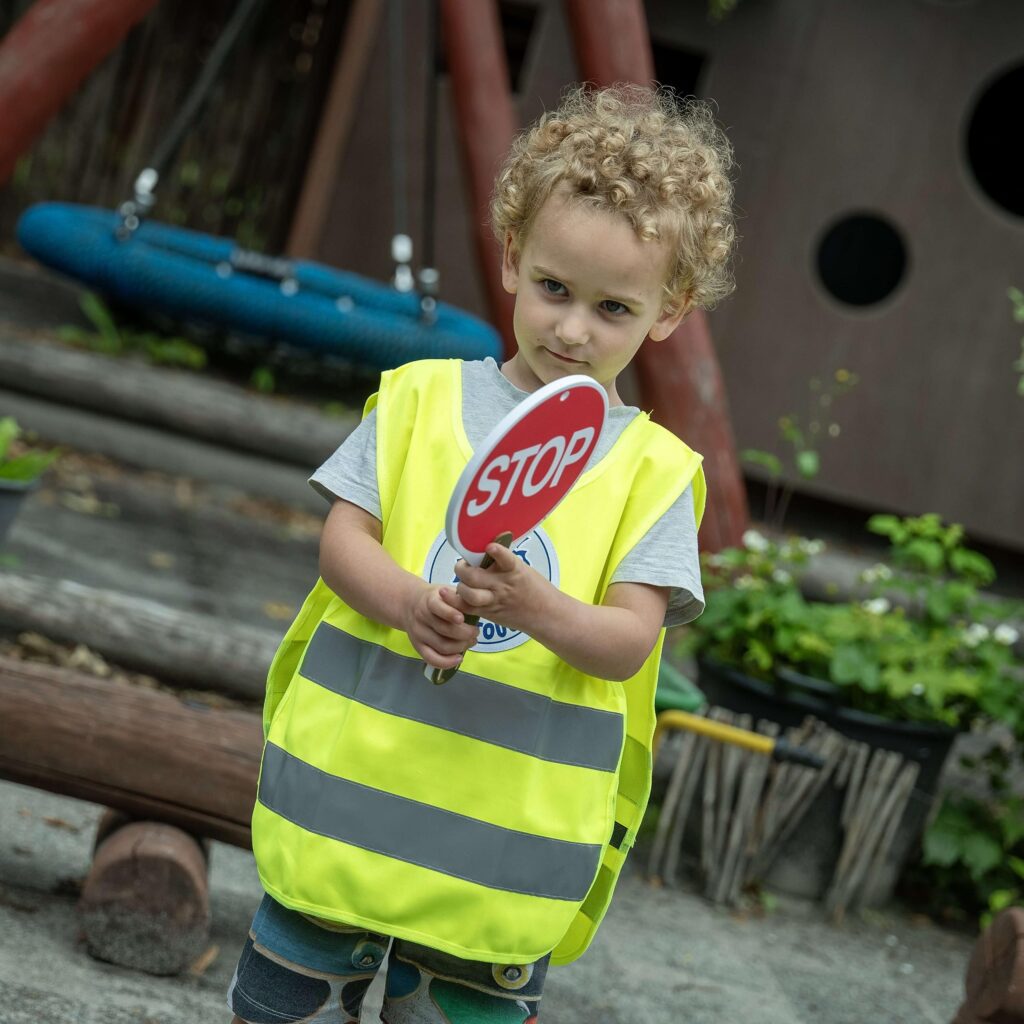Building a Bridge to Reading With Environmental Print
“Guess what I just found out? We can read!” three-year-old Bailey declares to her best friend, Joseph.
She points at the sign at the end of the bike path and asks: "Do you know what that sign says?”
“It says STOP!" answers her five-year-old buddy with a laugh. "Everybody knows that. But I only know the letters 'S' and "O' and 'P.' Does that count as reading?"

“My mom told me it does!" answers Bailey. "I read lots of words in the car today. I read the words 'Target' and 'McDonalds' and 'Starbucks' and 'Bus' and 'Walgreens.' Mom says that’s reading!”
Bailey’s mom is right. Your child may be reading and not even realize it. If your child “reads” store signs or symbols, this is known as environmental print.
Environmental print is the functional text that children see in their everyday lives. Environmental print can be found in many different places and on many different objects, including:
- Street signs, business signs, safety signs, park signs, and school signs
- Product packaging such as candy wrappers, cereal boxes, and toy boxes
- Advertising on billboards, in magazines, and on coupons and flyers
Children build their environmental print awareness each time they attach a name to a place or an object.
Does your child recognize Pizza Hut, Cheerios, or LEGO? If so, your child is reading! You can take advantage of all of this environmental print by using it to talk about symbols, letters, and words.
Environmental print is a valuable learning resource because it shows children that print means something as they try to make sense of their world. Use it to help your child develop early literacy skills and incorporate reading into your family's everyday routines.

Children often begin to recognize and make sense of environmental print before they learn to read. When they recognize the bright yellow McDonald's "M" or the red and white Target "bull's eye," they begin to associate these symbols with specific meanings or places, which is an early form of reading. For emergent readers, this is the bridge that will help them connect letters to sounds and sounds to words.
Can your child “read” traffic signs or the name of the local grocery store, bank, or sports team? Early exposure to print, including environmental print, helps children develop their phonemic awareness, which is the ability to hear and identify the different letter sounds. This is the beginning of understanding the alphabet.
When children can easily identify environmental print, they may be ready to bridge the gap between reading pictures and reading words. At first, children will rely on familiar labels or logos to recognize words. As they learn more about how reading works, they will start to read words on their own, without relying on symbols or logos to "clue them in."

Environmental print helps children learn how reading works. Whenever they recognize logos, letters, or words, they are building early reading skills. These skills help build the foundation for future school success.
Environmental print also helps children develop an interest in reading. Use it to teach your child that print means something and to build your child's early literacy skills in a fun and spontaneous way.
Environmental “reading” builds the confidence of emerging readers and generates excitement about reading. When children are excited about reading—and print holds meaning for them—they learn faster and begin to make connections between the words they see and the world they live in.
By engaging in playful environmental print activities during neighborhood walks, trips to the grocery store, or long car rides to visit relatives and friends, you can help foster a positive attitude about reading and learning new letters and words.
Don't push letters or words if your child isn't interested. Your child's brain may not be ready for this activity until the age of seven or eight, despite what the other kids are doing.
This is about building a bridge to reading. Keep it simple and keep it fun!